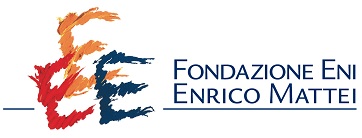Date of This Version
November 2010
Abstract
We study the effect of the fragmentation of intellectual property rights on optimal patent design. The major finding is that when several complementary innovative components must be assembled to operate a new technology, the patentability requirements should be stronger than in the case of stand-alone innovation. This reduces the fragmentation of intellectual property, which is socially costly. However, to preserve the incentives to innovate, if a patent is granted the strength of protection should be generally higher than in the stand-alone case.
Recommended Citation
Denicolò, Vincenzo and Halmenschlager, Christine, "Optimal Patentability Requirements with Fragmented Property Rights" (November 22, 2010). Fondazione Eni Enrico Mattei Working Papers. Paper 522.
https://services.bepress.com/feem/paper522
